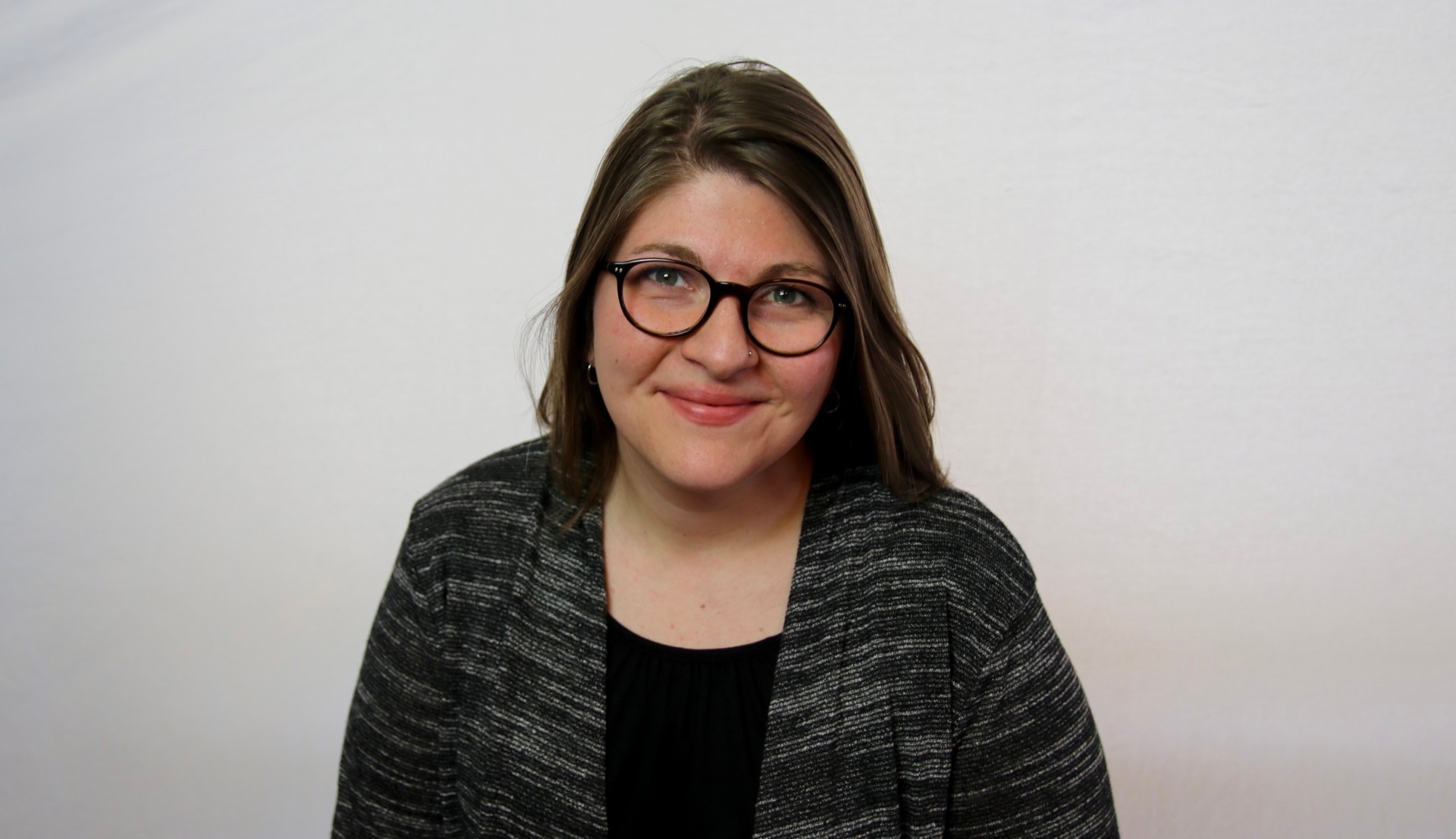Chief Editor of PRX Energy Bridges Disciplines to Advance Sustainable Energy
An interview with Jaci Otero about the journal’s role in energy research.

From designing crystals to studying superconductors, chemist Jaci Otero has always been motivated to share research with scientists beyond her field. She brings that same drive to her role as the chief editor of the APS journal PRX Energy, where she manages a portfolio of sustainable energy research spanning physics, chemistry, materials science, engineering, environmental studies, and policy. We spoke with Otero about how her experiences have shaped her collaborative approach to the journal.
You’re a solid-state chemist by training. What did that entail, and what does it have to do with physics?
For my graduate research, I examined the structures of crystalline materials and designed ones that could withstand high-power laser beams. These nonlinear optical crystals convert invisible light into different wavelengths — like a glass prism, but more complex. The optical phenomena these crystals exhibit can be used for a variety of applications, including spectroscopy for biochemistry. I’ve also designed chalcogenides for nonlinear optics, metal organic frameworks for hydrogen storage, and layered sulfides for superconductors. More broadly, I was designing materials with technological applications that are fundamentally physical in nature.
How did you transition from research to publishing?
I’ve always been driven by the communication side of science. In high school, I created a magazine that weaved science with art. In my research, I was motivated by how I was going to structure a paper or poster to convey my findings. I’ve always looked for ways to connect my research with my passion for storytelling, and I knew my end goal was to become an editor. This big picture mindset, along with the breadth of my research experience, has helped me enormously in my transition from academia to publishing.
In what ways has your career trajectory informed the work you do for PRX Energy?
Before joining the American Physical Society, I was an editor for Nature Communications, a commercial journal that publishes research spanning most scientific fields. I handled papers in areas ranging from energy materials to materials science and physical chemistry. I learned what was most interesting and innovative across these disciplines. I also witnessed Nature Energy grow in its early years and embrace the social and policy side of energy research along with the physical sciences, which I found intriguing. This perspective has helped shape my approach to PRX Energy.
PRX Energy published its first papers in early 2022. You’ve been the journal’s chief editor from the start. What sets it apart from other energy journals?
One important difference is that PRX Energy and the other journals in the Physical Review portfolio are published by a nonprofit science society. This means that the journals’ revenues don’t go to shareholders, but instead support the American Physical Society’s global science advocacy initiatives and educational programs. Also, like Physical Review Letters and Physical Review X, PRX Energy is committed to publishing the most innovative and impactful research. As such, it’s endorsed by Purpose-Led Publishing — a coalition of physics publishers advocating for high-quality and ethical scholarly publishing. That’s especially relevant to energy research, where many commercial interests converge.
PRX Energy is also at the forefront of the Society’s commitment to building a more sustainable future by publishing research that could help international communities achieve their sustainable energy goals.
For example, we worked with the Panel on Public Affairs, which helps shape the Society’s national and international policy priorities, to publish a policy report on methane leaks from the energy sector.
PRX Energy is also fully open access, meaning that everyone has immediate, unrestricted access to its content. Most top energy journals have a hybrid open access option at best. We’re also waiving author publication charges, so currently, it’s free to publish through 2024.
What’s next for the journal?
Our aim is to catalyze collaboration by amplifying the perspectives of engineers, materials scientists, techno-economic analysts, chemists, and so many more voices contributing to the rapidly evolving sustainable energy industry. We’re planning articles that feature interviews with industry experts working on energy technologies like solar cells, small modular reactors, and storage systems. These dialogues will highlight the intersecting technological, economic, and policy challenges to advancing sustainable energy technologies and offer a glimpse into possible career paths for early-career scientists. Our first interview featured a materials science researcher and entrepreneur developing sustainable battery materials. It highlighted how important it is to introduce early-career researchers to the industrial protocols and cultural dynamics needed to realize sustainable technologies on a broader scale.
Among other things, we’re also planning to introduce articles that will bring researchers with different perspectives and approaches into conversation with one another to help contextualize the complexities of developing sustainable technologies. By providing a forum to bridge gaps between multidisciplinary research communities, PRX Energy could seed the collaboration needed to advance sustainable energy solutions in this pivotal stage of the energy transition.
Nyla Husain
Nyla Husain is the science communications manager at APS.